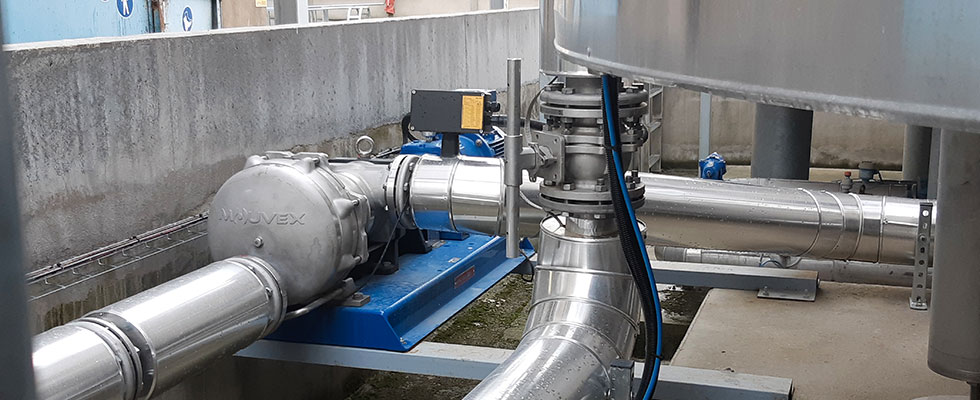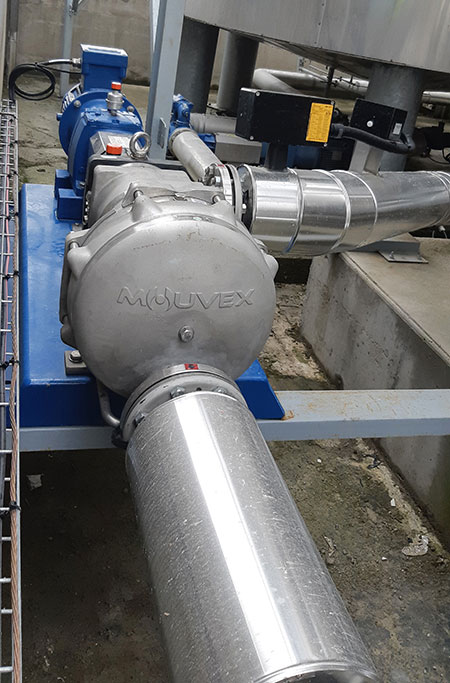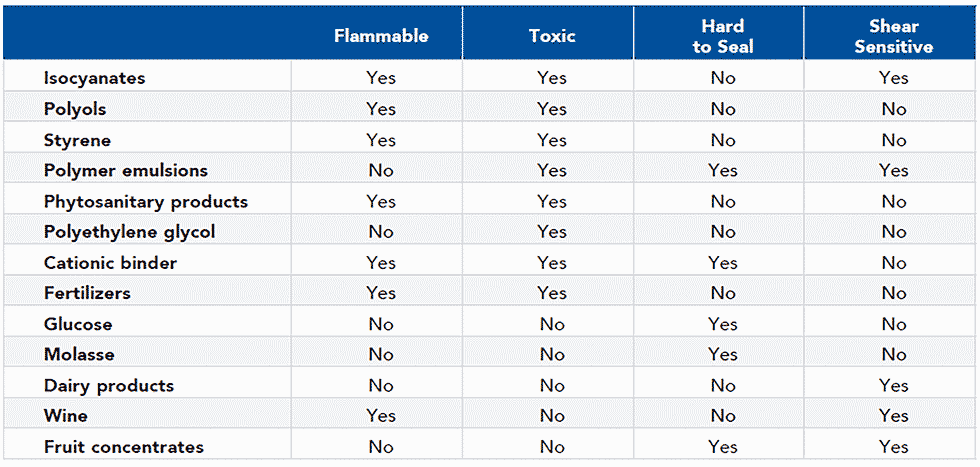
Moving industrial fluids is essential to the health of the worldwide economy. There are a variety of methods to transfer these fluids, with the most common being by truck and rail. The process of loading and unloading tank trucks and railcars occurs thousands of times daily at industrial sites across the world.

of Mouvex)
While this is a routine procedure, it also comes with safety and cost challenges. On the safety side, the primary risks associated with fluid transfer include leakage and spillage, both of which can create catastrophic consequences. Hazards from leaks and spills range from widespread pollution to fires.
Regarding expenses, spills and leaks lead to a loss of product. When considering the frequency of fluid transfers across the world, a small spill or leak during each of those interactions creates substantial product loss, all of which impacts the bottom line by millions of dollars. Additionally, if leaks or spills occur, then maintenance also becomes an immediate necessity on the pumping equipment, which adds to those costs. Another costly problem comes from shearing when using a non-adapted pumping technology.
Complicating fluid transfer is the fluid itself. Each liquid brings its share of unique challenges when it comes to loading and unloading. Image 2 shows a few examples of liquids that are transported by road or rail. If there is at least one “yes” in the product line, an adapted pumping technology must be used for loading and unloading applications.
Hazards
Leaks from pumping equipment typically come from the mechanical seal. A truck uses an unloading pump intermittently, meaning that its intervals are not continuous or steady. Those circumstances can prove problematic for products that dry or polymerize when static, especially when a mechanical seal has a leak. Those products will leak rapidly from the compromised seal.
Spillage is nearly impossible to avoid. During those thousands of routine transfers, the hose between the truck tank and the pump must be disconnected. Regardless of the liquid, there will always be some left inside the disconnected segments. This requires recovery protocols and protective measures for staff.
Cost Issues
Outside of the high expenses that come from safety issues, the main costs associated with loading and unloading pumps are maintenance, downtime and product loss. Regarding maintenance, mechanical seals can begin to leak over time, and complications arise even further when considering some applications feature pumps that run continuously, such as with isocyanates. These low-molecular weight chemicals cannot be left in a static state. When they are not moving during loading and unloading functions, they are kept active through continuously running pumps.

Under this scenario, a failed mechanical seal will cause a serious leak, resulting in severe costs, including lost product, maintenance on the seal, product cleanup and halted production. These costs accumulate to create an unnecessary and harmful financial burden.
Downtime results from these complications. If liquids cannot be transferred, it creates lost time on both ends and affects the downstream process. The longer the downtime, the more detrimental the costs.
Product loss affects cost because of the expensive nature of the transferred liquids. Whether it be through a major spill or a slow mechanical seal leak, any loss of product will impact expenses. Over time, those expenses become more pronounced and harmful. Additionally, the loss of the product is not the only issue. That lost product, especially during spills, needs to be cleaned up.
Addressing the Challenge
Eccentric disc pumps can mitigate each of the challenges that come from liquid transfers. This technology consists of a cylinder and pumping element mounted on an eccentric shaft. As the
shaft rotates, the pumping element forms chambers within the cylinder. This increases the size of the cylinder at the intake port and draws fluid into the pumping chamber. The fluid moves to the discharge port, where the pumping chamber size decreases, squeezing out the fluid.
Sealless eccentric pumps have proven to be reliable in many loading and unloading applications, mitigating issues like seal leakage, liquid shear and product loss.

